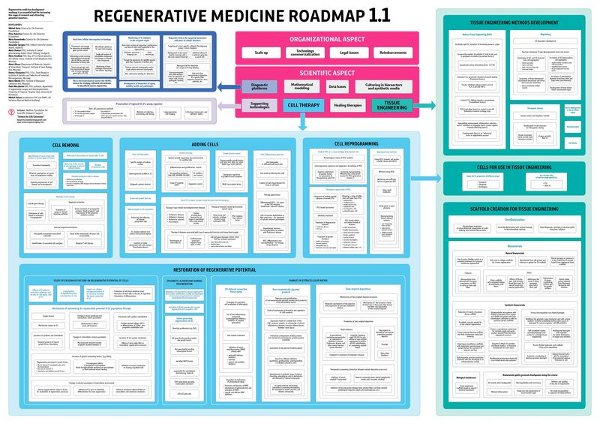An Update on Progeria Research
Hutchinson-Gilford Progeria Syndrome (HGPS, or just "progeria") is perhaps the best known of the accelerated aging conditions. Considerable progress has been made over the past decade in uncovering the biochemical mechanisms of this disease, and in the process it has come to seem plausible that a viable therapy for progeria may have some modest use in tackling normal aging as well. The same follows for other accelerated aging conditions, meaning that it's worth keeping an eye on this field of medical research.
With this in mind, here is an open access paper that outlines some of the latest advances in progeria research. Matters look a lot closer to a viable therapy than they did a few years back, and studies continue to show that the changing biology of normal aging shares - to a lesser degree - some of the unwanted biochemical signatures of progeria:
Hutchinson-Gilford Progeria Syndrome (HGPS) is a rare premature aging disorder caused by a [mutation within the] LMNA gene encoding A-type nuclear lamins. [Nuclear lamins are fibrous proteins providing structural function and transcriptional regulation in the cell nucleus.]...
We analyzed global gene expression changes in fibroblasts from human subjects with HGPS and found that a lamin A-Rb signaling network is a major defective regulatory axis. Treatment of fibroblasts with a protein farnesyltransferase inhibitor reversed the gene expression defects. Our study identifies [tumor suppressor protein] Rb as a key factor in HGPS pathogenesis and suggests that its modulation could ameliorate premature aging and possibly complications of physiological aging.
...
Because the lamin A-Rb interaction is a new signaling axis in the pathogenesis of HGPS, we investigated its potential role in physiological aging. We found that LMNA and RB1 expression appeared to be inversely modulated in the elderly. These observations were similar to our findings in cells from subjects with HGPS. Although lamin A and lamin C levels were not altered, an abnormal prelamin A variant, progerin, is expressed and Rb expression is decreased. In addition to changes in the expression of A-type lamins, several studies suggest that abnormal prelamin A may accumulate in normal aging . Our results, therefore, suggest that therapeutic approaches to re-establish a proper lamin A-Rb signaling network may be beneficial in preventing complications of physiological aging.
At this stage it is unknown to what degree the observed changes in lamins in the elderly contribute to the degenerations of aging. It is certainly the case that an accumulation of damaged or malformed proteins of all sorts is noted in aging; the lamins may or may not be significant in comparison to others. But the right approach to aging is to work towards reversing all changes that cannot be positively identified as secondary effects: aim to repair and restore every fundamental change.
![]() Marji J, O'Donoghue SI, McClintock D, Satagopam VP, Schneider R, Ratner D, J Worman H, Gordon LB, & Djabali K (2010). Defective lamin A-Rb signaling in Hutchinson-Gilford Progeria Syndrome and reversal by farnesyltransferase inhibition. PloS one, 5 (6) PMID: 20559568
Marji J, O'Donoghue SI, McClintock D, Satagopam VP, Schneider R, Ratner D, J Worman H, Gordon LB, & Djabali K (2010). Defective lamin A-Rb signaling in Hutchinson-Gilford Progeria Syndrome and reversal by farnesyltransferase inhibition. PloS one, 5 (6) PMID: 20559568
